Delving deeper into workplace well-being.
After settling on the topic of workplace burnout, identifying several focus areas and exploring the solution space with the design of Hygiea, our next step was to look deeper into the problem we wanted to solve.
Our first step was to send out a survey to people in our target demographic, office workers, and ask them general questions to learn more about how they felt about workplace well-being. Through this, we found that most office workers were positive towards their workplace, addressing well-being, they wanted more opportunities to work remotely, and burnout was something that all participants had experienced firsthand or knew of someone who did.
Supplementing this with desktop research and benchmarking existing solutions within our problem space, it became clear that we would need to narrow our problem space further and focus our efforts.
Introducing the Plant Pal!
Using what we knew from our research and pairing that with time boxing and rapid prototyping as a method of narrowing down our problem space and exploring possible solutions, we found that introducing intermittent breaks throughout the workday could lead not only to better productivity but also better work/life balance, thus reducing the likelihood of burnout.
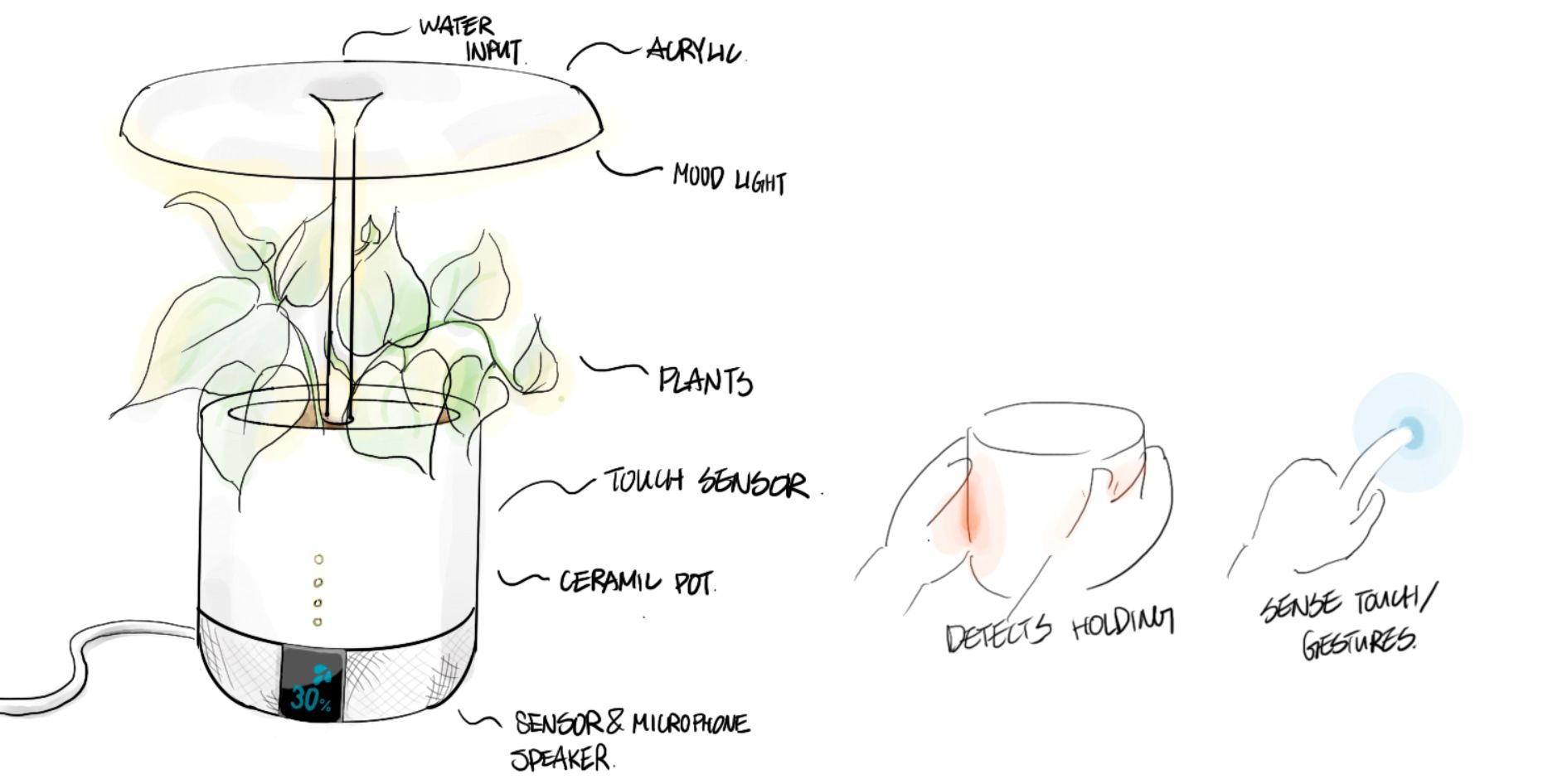
The concept of the Plant Pet was that it was something tangible and positive in the user’s immediate physical environment that would need occasional care. It would notify users gently of their needs, organically introducing short breaks and giving the user positive affirmations simultaneously.
Next up is the Modular Coworking Container Slide.

Having visited coworking spaces separately, we took what we learnt so far and tried to approach our problem space differently. The Modular Coworking Container Slide’s defining feature was the clear difference between the indoor “work” and outdoor “living” areas. Users would immediately transition to a fun environment when they step out of the workspace, sliding into an outdoor space with music and great food.
All of our ideas on a whiteboard.
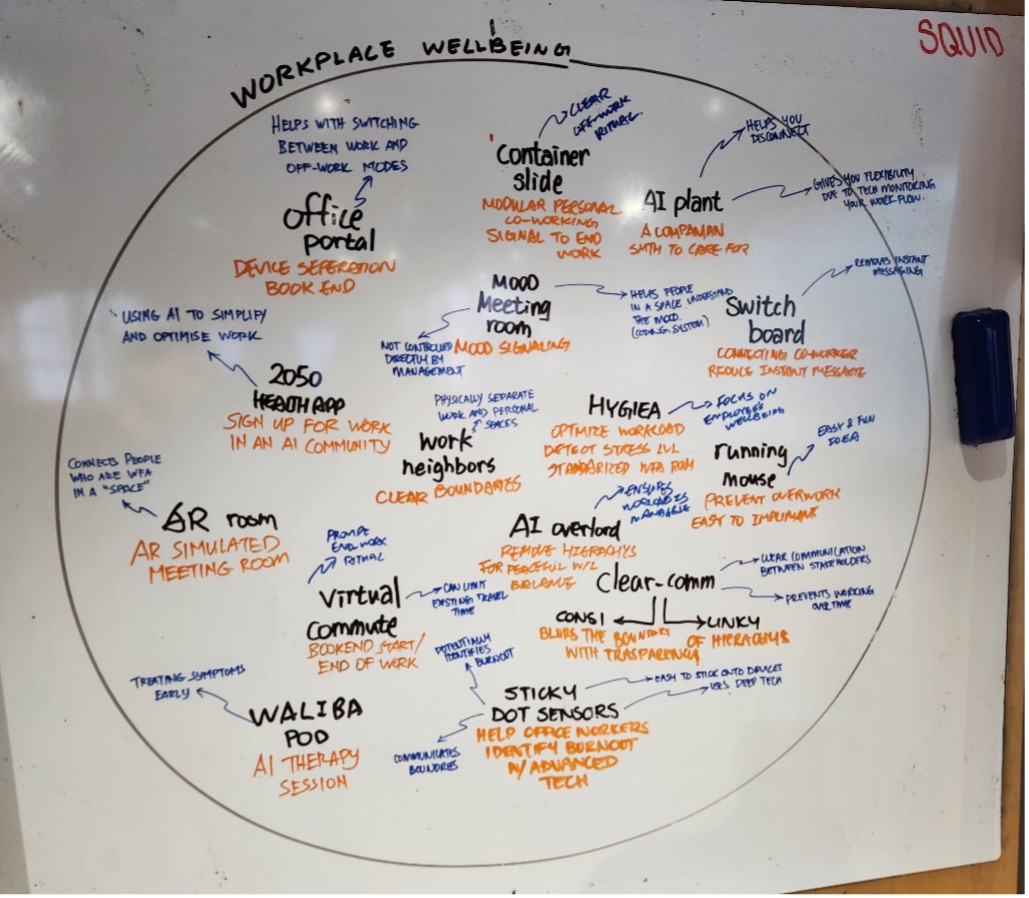
Taking all the research, we’d done so far and summing up all the concept solutions we’d come up with, we reflected on how far we’d come and where we’d like to go. We were interested in the issue of the lack of disconnection from work and how it was caused by many factors while also affecting users’ work-life balance profoundly.
We are tackling workplace wellbeing by facilitating necessary disconnection from work to promote better work life balance.
This is our redefined problem space. Disconnection from work would become more important as society transitions to one where working remotely becomes more common, so it would be a perfect place to create a solution.
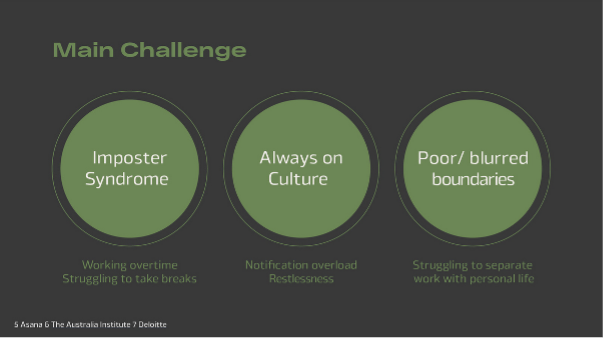
Through more desktop research and solution benchmarking, we realised that office workers were struggling to disconnect from work due to issues that stemmed from imposter syndrome, always-on culture and poor/blurred boundaries. These were only intensified by the isolation and virtual nature of working remotely.
Our goal from here would be to create a solution that helps users disconnect from work, whether when taking short breaks throughout the day to destress and refresh or at the end of the work day so that they stop thinking about work when they should be enjoying life.
The future we’re designing for in 2030 is one where technology has affected society and changed how people work. Using the STEEPLE framework, we looked at how the community could be affected by the technology trends we can see today and what would be relevant to our problem space.
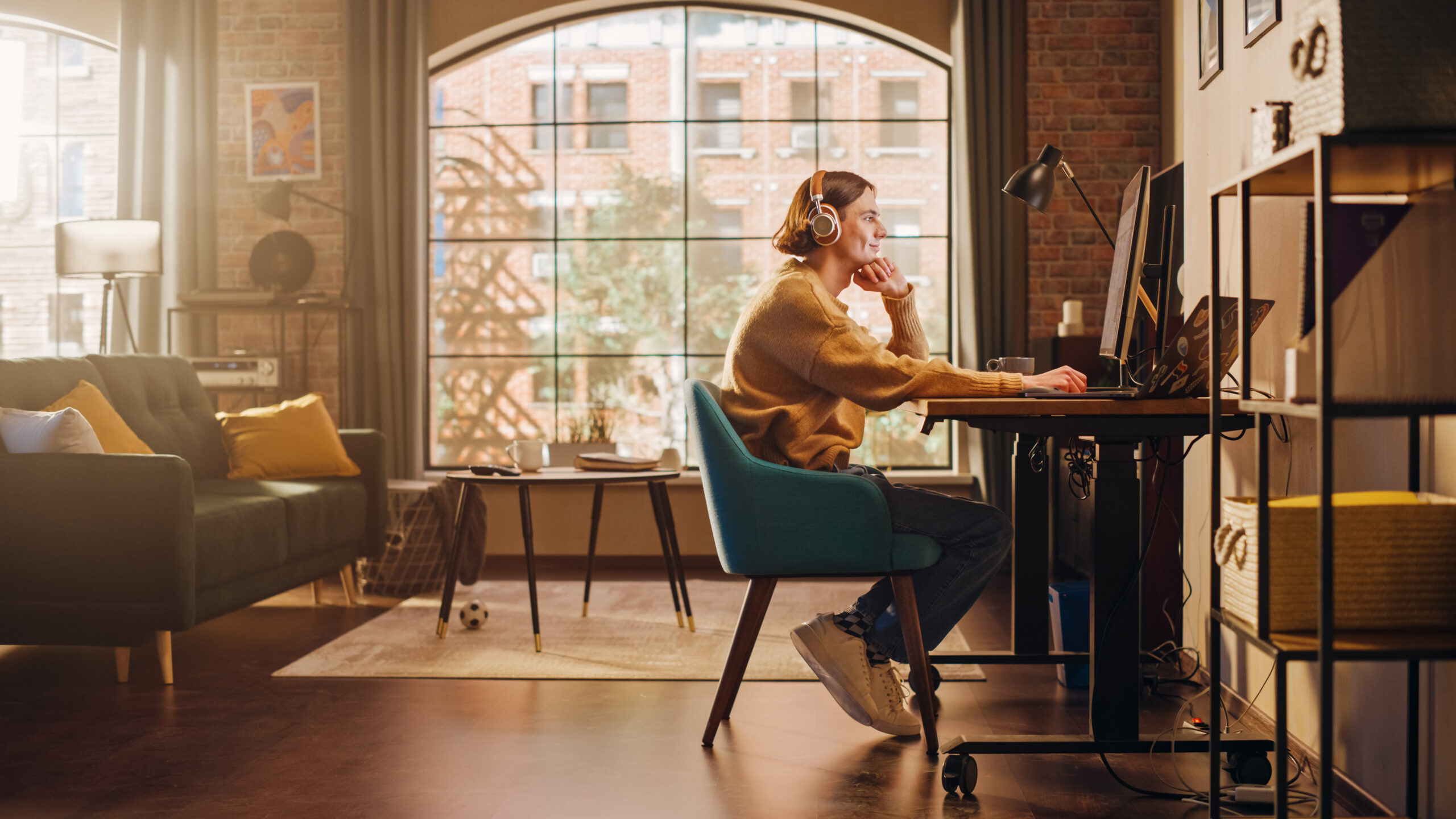
Working from anywhere becomes the new norm (Choudhury, 2020) as workers can use these established technologies to make navigating the experience painless. Corporations hire worldwide based on experience and qualifications, with location becoming irrelevant since they no longer gather employees together in physical offices.
The vastly increased bandwidth and capabilities of 6G pave the way for the internet of senses, giving people augmented vision, hearing, touch and even smell, all transmitted directly to their devices wherever they are (Future Today Institute, 2023).
AI, having developed alongside the 6G network, can now reach the mainstream, enhancing and changing lives profoundly, making what was previously thought impossible possible.
6G networking infrastructure is well and genuinely established (Future Today Institute, 2023), making communication and connecting people worldwide easier and of higher quality than ever.

As a result, far fewer people make long commutes to work, and the city streets have emptied. Most people never go further than their homes or the neighbourhood coworking space daily.
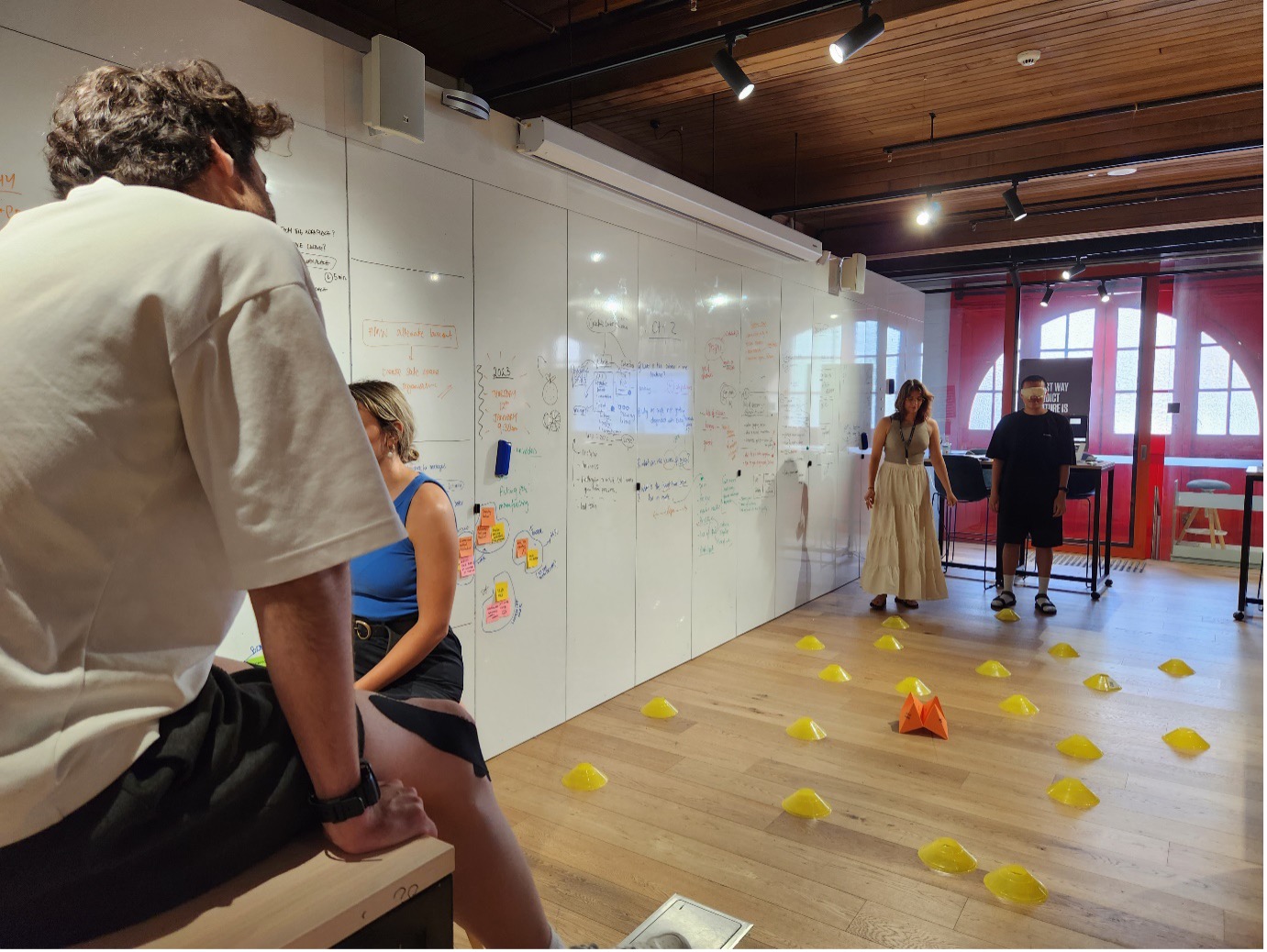
We are working on team communication through a fascinating exercise!
Quote of the week
“I, for one, welcome our AI overlords” – Justin

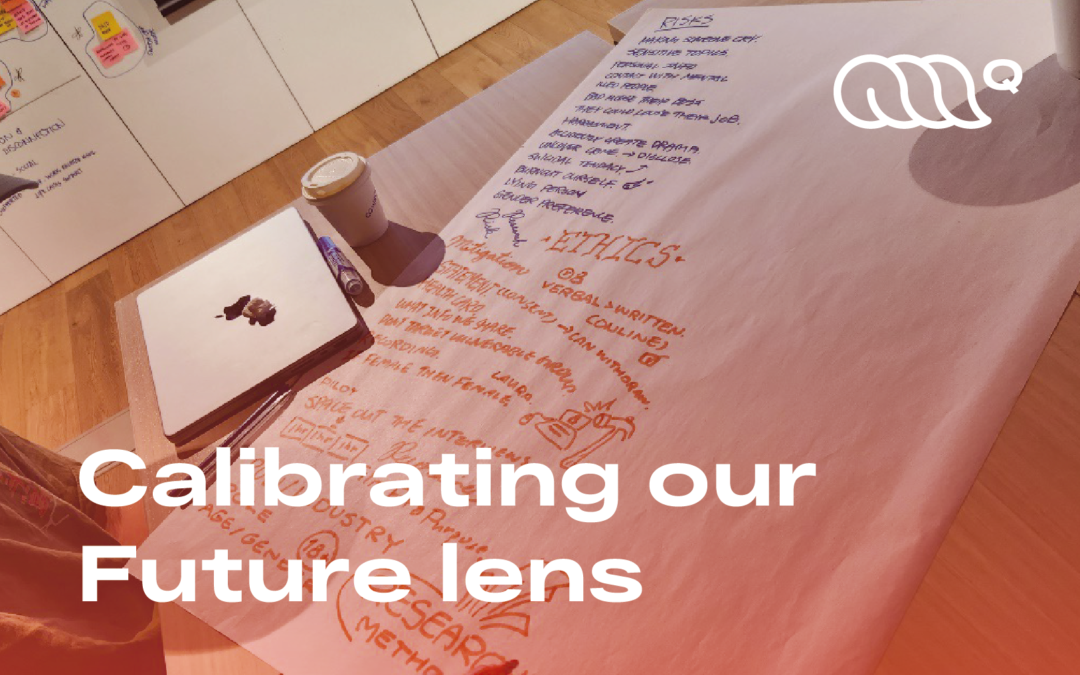

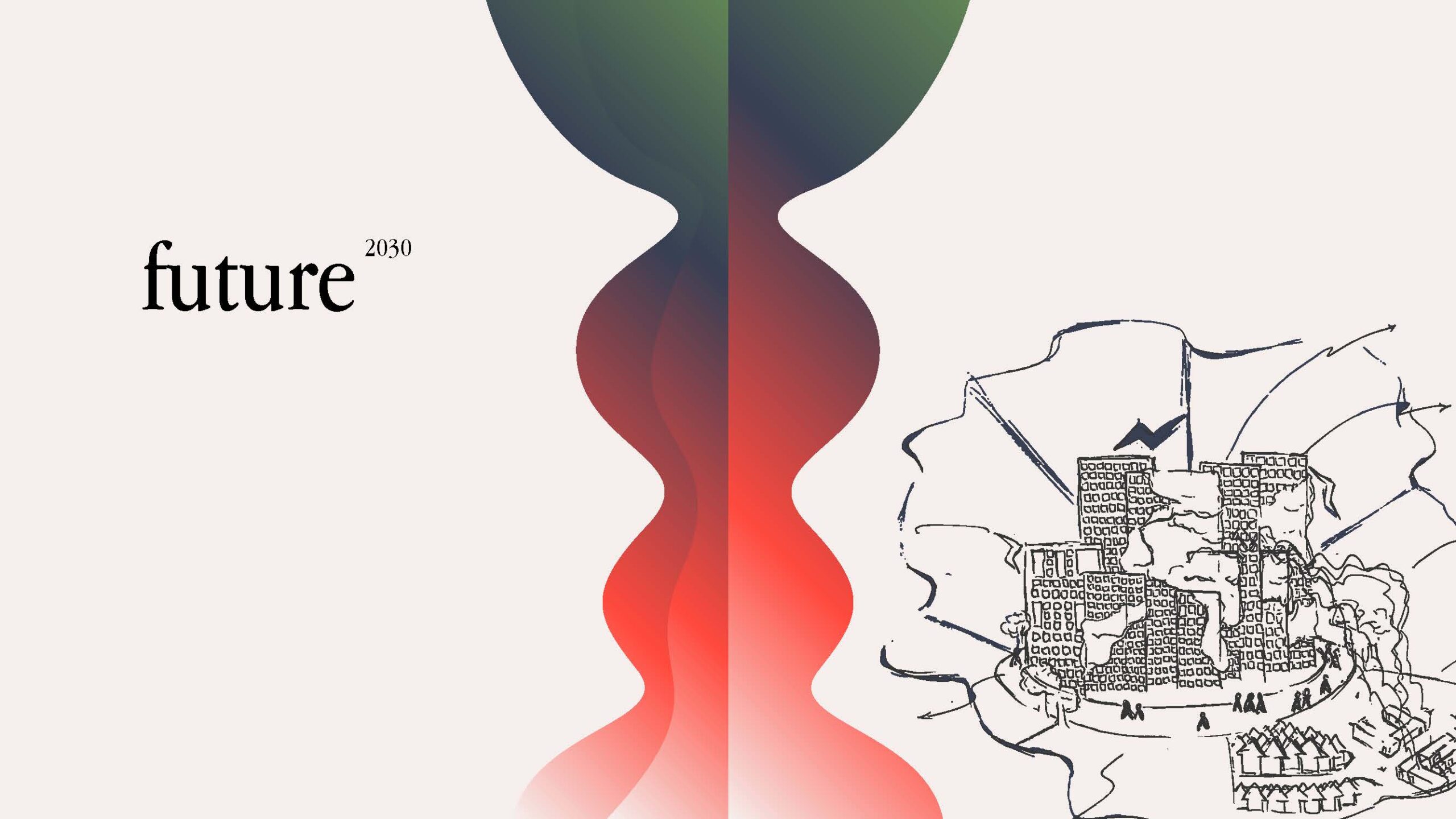
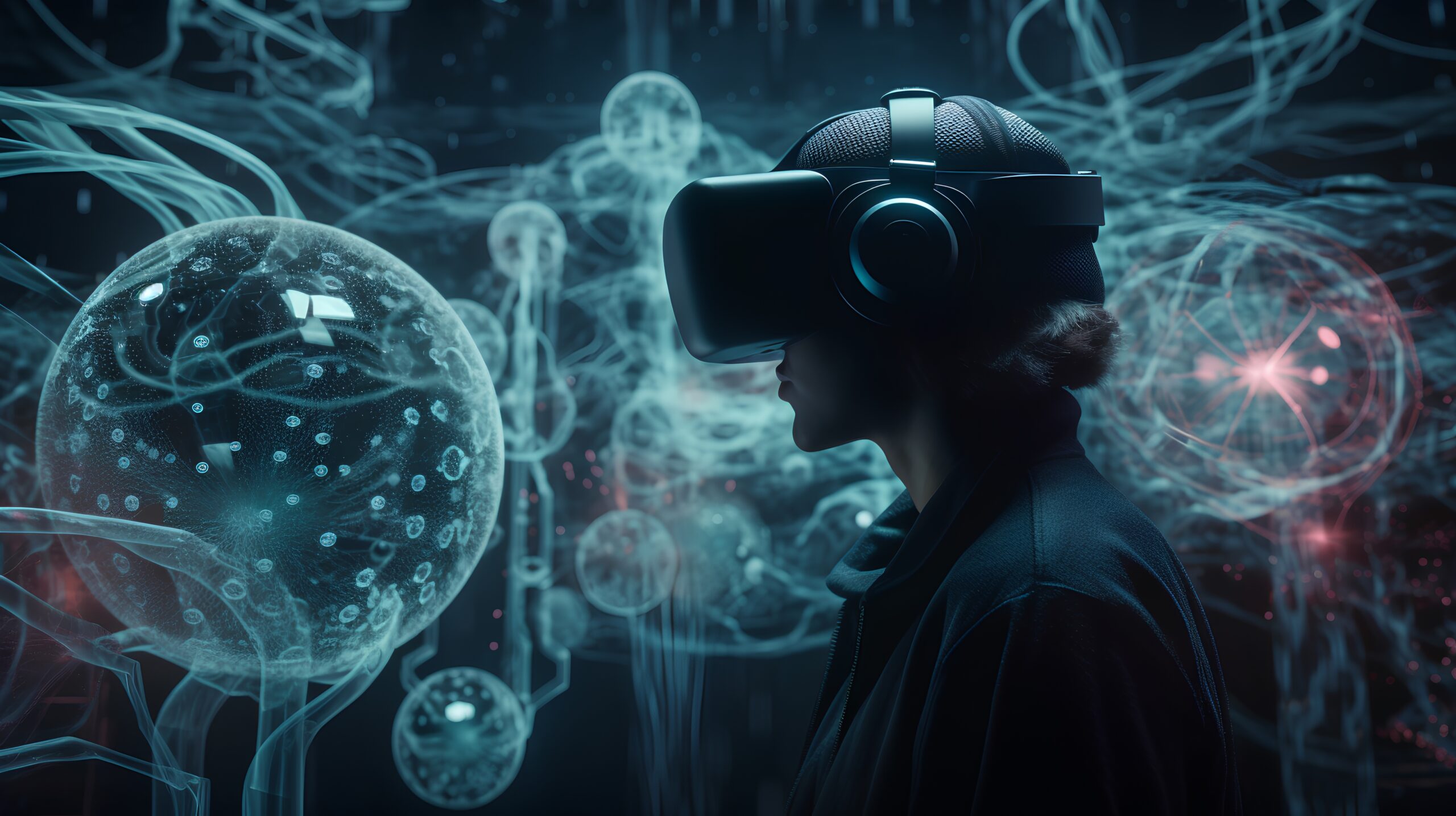

Recent Comments